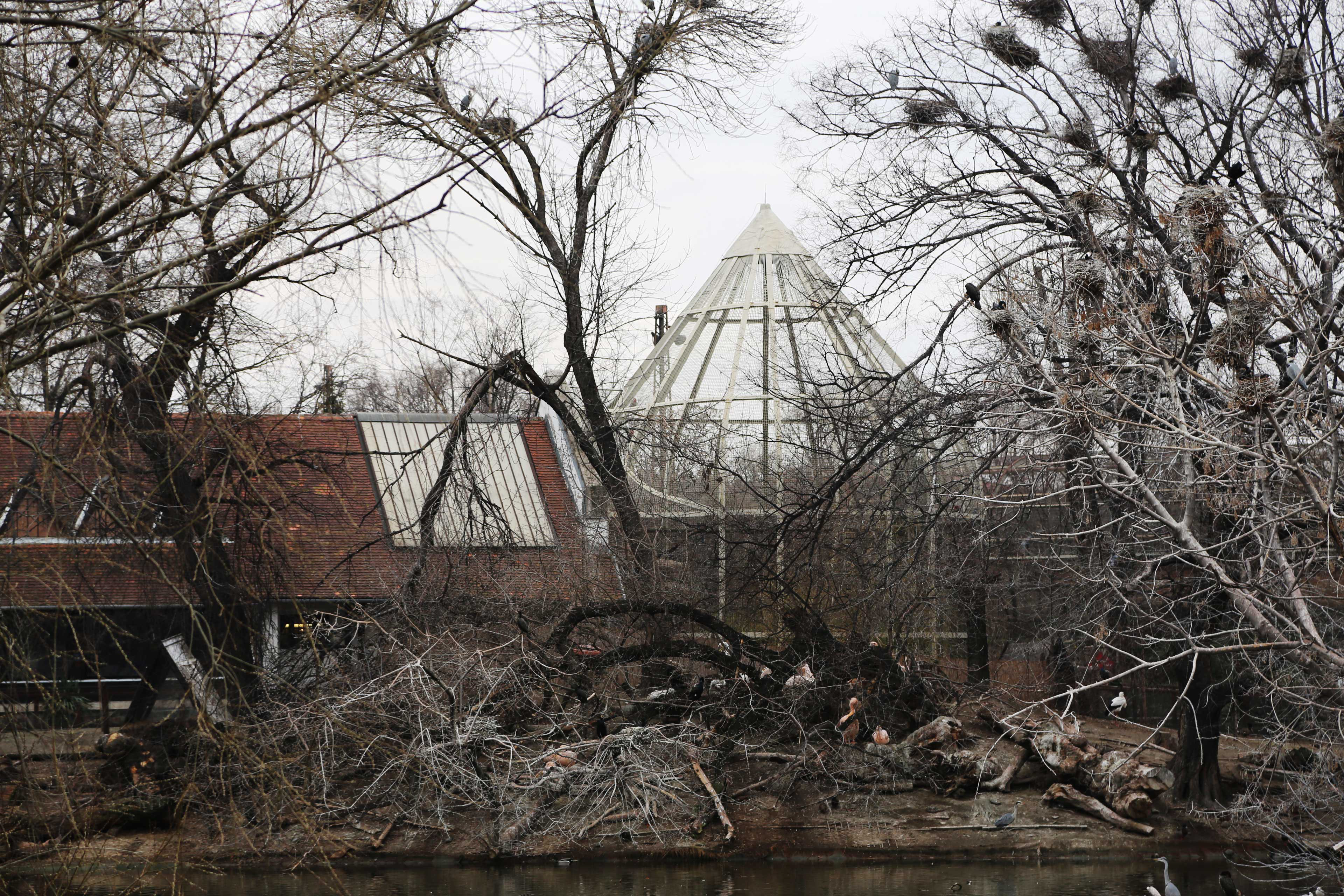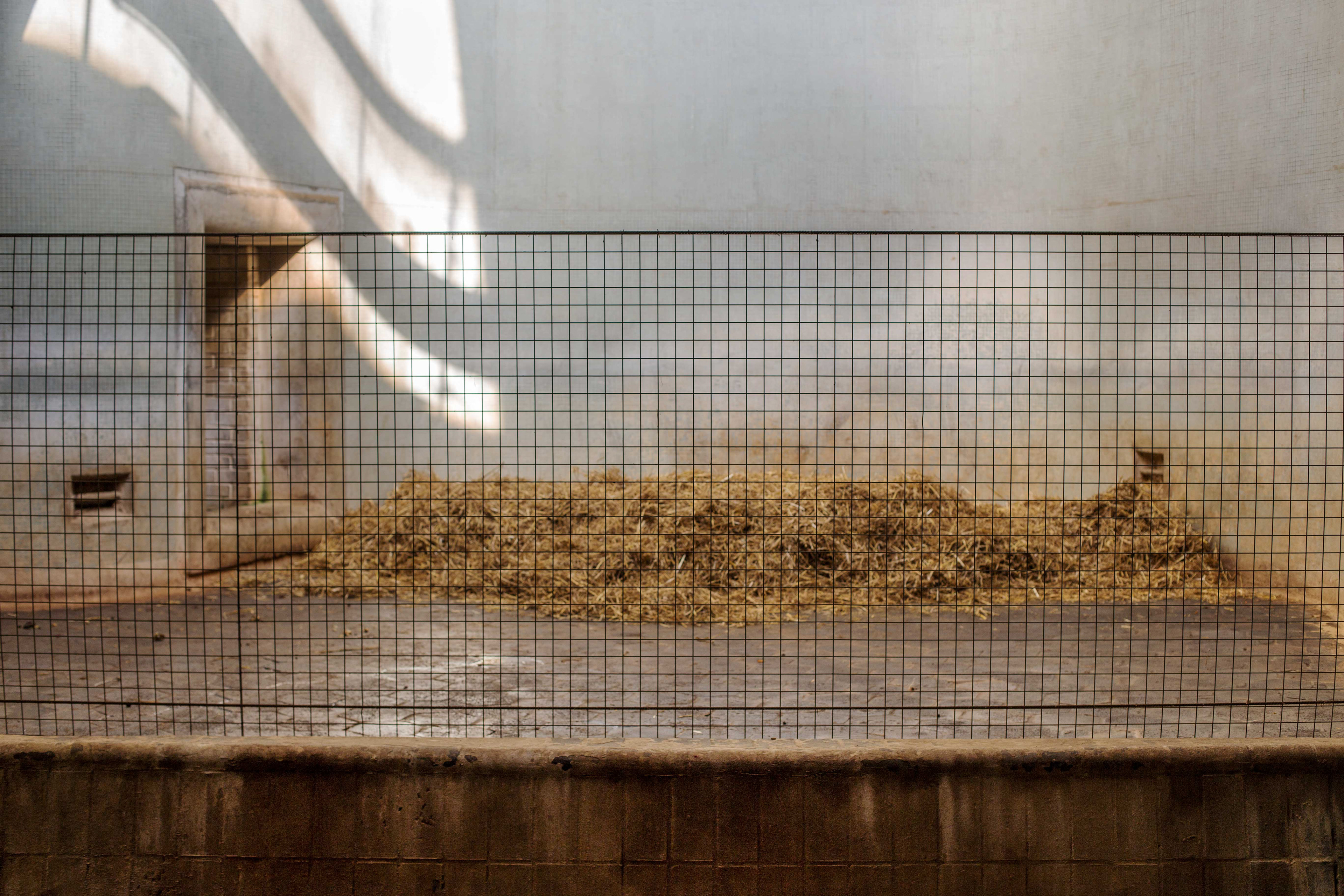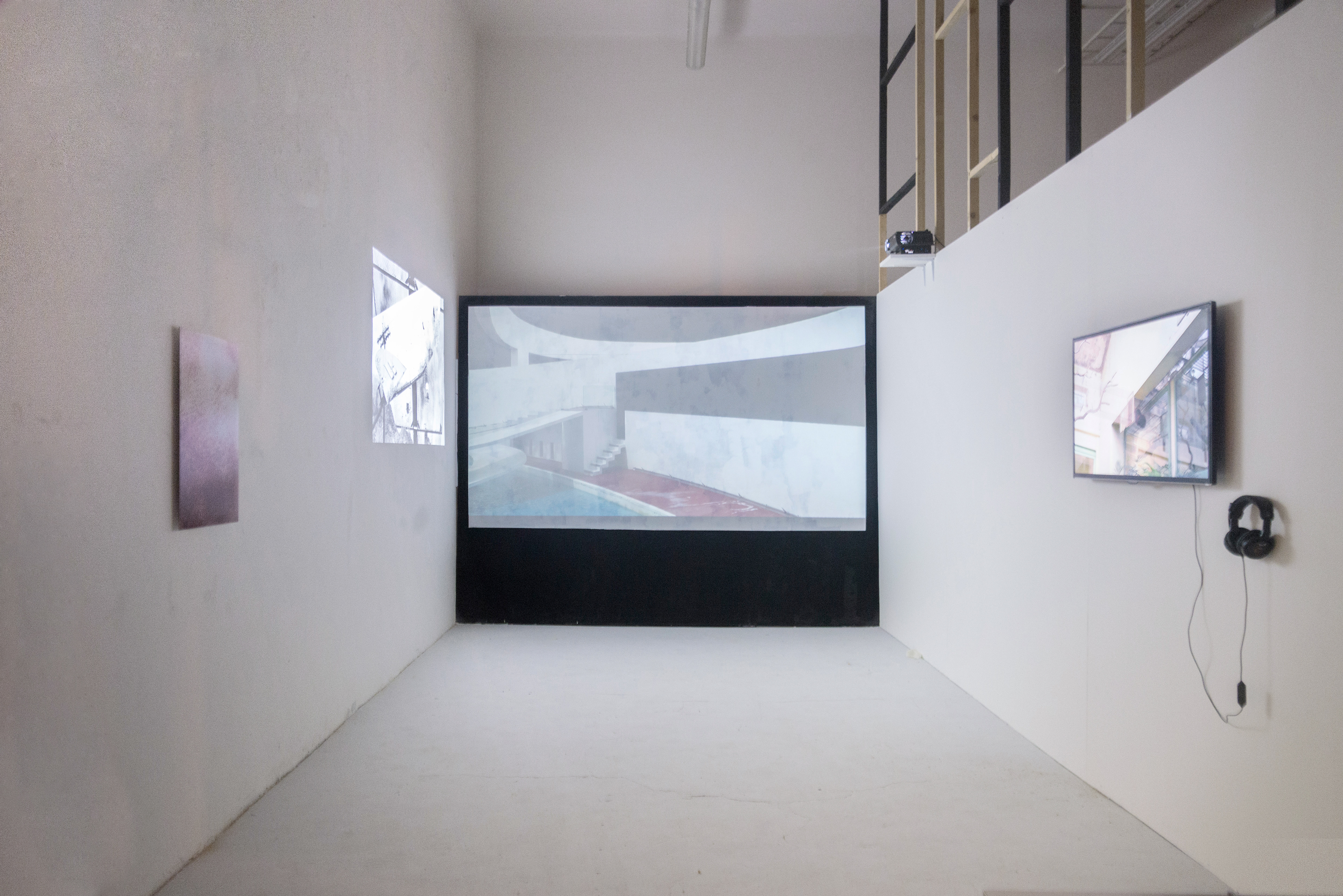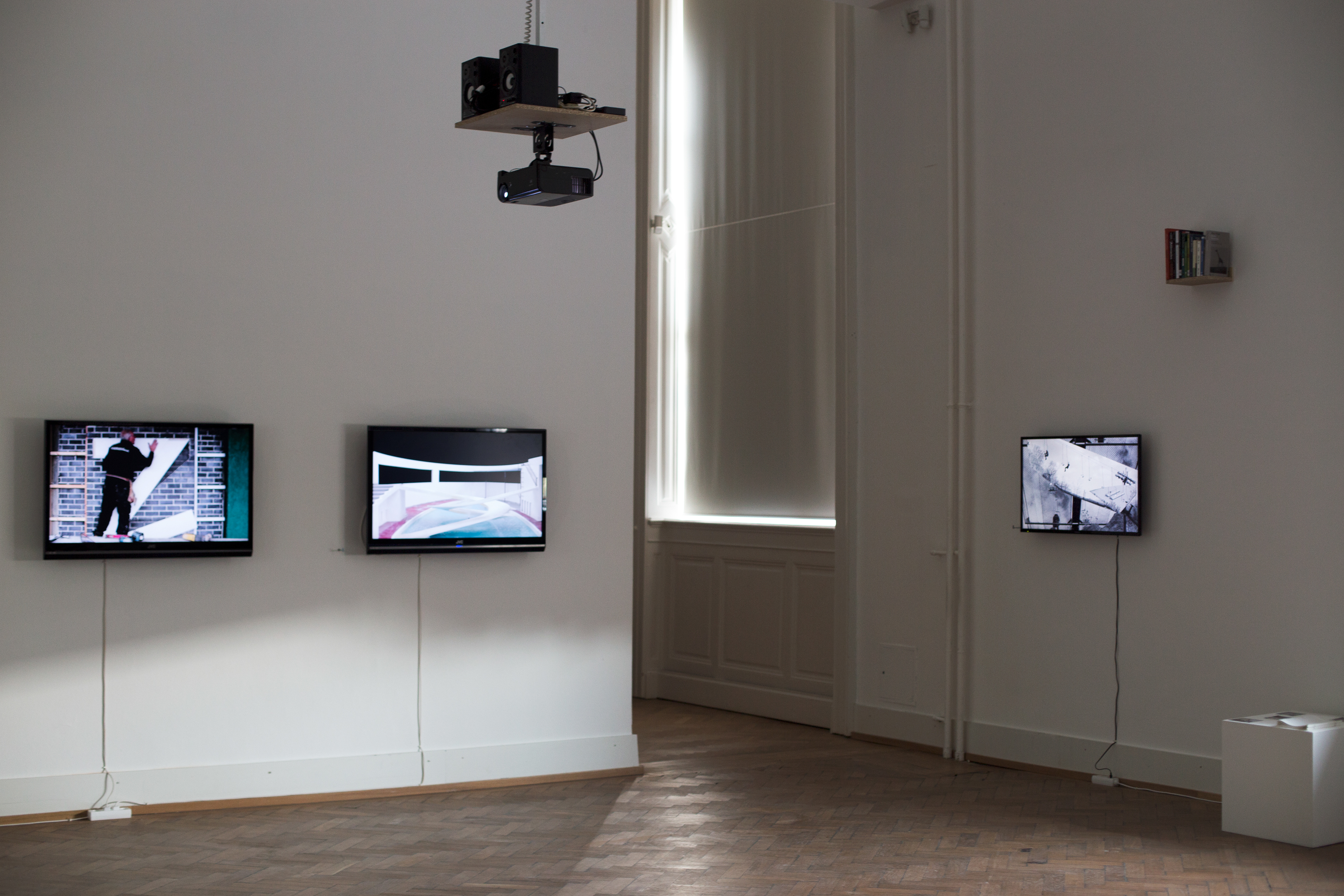video, hd, 10 min, colour, sound, 2014
sound: sara pinheiro
This work deals with zoos and the relationship between animals and architecture (built for them). So far I have visited several zoos in Europe (including Copenhague, Zurich, Berlin, Hamburg, Leipzig, Dresden, Ljubljana, London and Vienna) and I filmed for a month at the zoo in Mysore, India. The zoo is a historically, socially and politically highly charged place, a "heterotopia" that is inscripted in many urban city-landscapes. My focus is less on the structure of the zoo, but on the individual shelters in different zoological gardens. My aim is to develope the idea of a "cinema as a zoo" (cf. Anat Pick [1]) further, approaching a "video zoo", where different architectural elements from different zoos merge in one narrative big zoo.
As starting point for my work stands "The Electrocuted Elephant" (1904), a famous film clip that shows an elephant from Coony Island who was sentenced to death and filmed during electrification by Thomas Edison. What is striking in that short sequence is a little, almost not visible cut during the plain shot. After the break down of the elephant, a little man suddenly "appears" in the left upper corner of the frame and walks away. This small intervention could be read as a trancendence, a relief over the guilt of killing the animal. Heidegger clearly stated, that animals can´t proper die, they can only perish since they can not name death in their words. Since no cinematic being can ever die, Akira Lippit examined in "The electric animal" the ambigouis relationship between animals and death in the cinema.
John Berger´s infamous "Why look at animals?" (1980) remains an important essay on modernity´s relationship to animals. Berger claims, that the disappearing of animals in modern life leads – paradoxically – to an overly visual visibility in everyday culture: "Zoo, realistic animal toys and the widespread commercial diffusion of animal imaginary, all began as animals started to be withdrawn from everyday life." Berger´s reflection take place in the setting of a Zoo visit, where he meditates about the animals gaze, which we so much look for, doubtful if we ever really receive it. The gaze of the animal is a well thought subject in animal philosophy, a famous example would be Derrida, who is suddenly ashamed to be "naked" in front of his cat. The camera eye brings again another dimension in this play between animals and human gazes. Historically, there is a strong connection between the animal and the cinema. Animals belong to the first subjects to be filmed and the new medium was exhibited close to exotic animals at popular fairs. Bazin not only stated, that animals are not only peculiarly cinematic beings, but that the being of cinema would be peculiarly animal.
Let´s assume for a moment, that the zoo is "a place of forced meeting between animal and human, between culture and nature [...] [which] brings the various aspects of societies relationship with the wild into focus - their thoughts about it, conduct towards it and utilization of it. [2]" In the building our cultural thoughts and interests are tangible and visible. I claim, that the encounter between animals, and the architecture we build for them, is still an encounter between animals and human animals, because the architecture carry our intentions in them. In the 16. century, hunting parks eg. were build to visual axis to the palace or a high stand in the middle of the park. In the later menageries, animals were mostly kept in tiny cages, so they would have been seen and grasped with one gaze. With Hagenbeck´s engagement in the Zoo Hamburg the illusionistic designing of the zoo display started, and the barriers became as unvisible as possible.
[1] Pick, Anat. (2011). Creaturly Poetics. Animality and Vulnerability in Literature and Film. New York: Columbia University Press. [2] Bratay, E., & Hardouin-Fugier, E. (2002). Zoo. A history of zoological gardens in the west. London: Reaktion Books. p.9
selected exhibitions:
Living Images. Curated by Pétr Kratky. Galerie 207, UMPRUM Prague, 2015 https://www.umprum.cz/web/cs/galerie-207
Folgendes: Katharina Swoboda. University of Fine Arts of Hamburg 2014
Zoographics - Katharina Swoboda. Valletta International Arts Festival, 2014

video still

video still

video still

video still

exhibition view, Galerie 207, Prague

exhibition view, Academy of Fine Arts/Friday Exit, 2015

exhibition view, folgendes, Hamburg, 2014

exhibition view, St. Chevalier, Valletta, 2014
